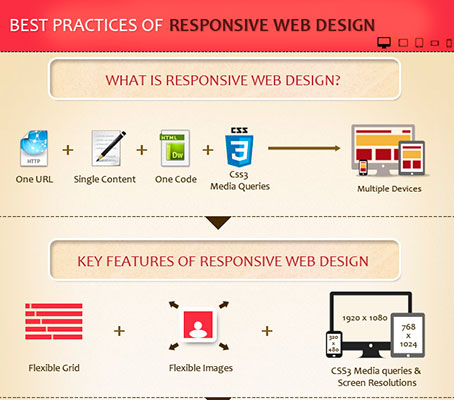Website Layout Basics: Tips For Structure A User-Friendly Website
Website Layout Basics: Tips For Structure A User-Friendly Website
Blog Article
Published By-Christophersen Skinner
When it concerns internet site layout, making certain user-friendliness is vital. From receptive style to streamlined navigating, every aspect plays a crucial role in developing a site that accommodates your target market's needs. Yet what regarding the finer details that can make or damage an individual's searching experience? Remain tuned as we discover some often-overlooked pointers that can boost your site's usability to the following level, making it really attract attention in the electronic landscape.
Value of Responsive Layout
Receptive design is a vital element of modern web site advancement. Ensuring web and mobile design is receptive means that it can adapt to various screen dimensions and gadgets, giving a smooth experience for customers.
With the enhancing use of smartphones and tablets to access the web, having a receptive design is necessary for reaching a bigger audience. It helps in improving individual experience by making your site easy to browse and read on any gadget.
In addition, receptive design can favorably influence your online search engine rankings, as internet search engine like Google focus on mobile-friendly web sites. By having a responsive style, you're likewise future-proofing your web site, as new gadgets with varying display sizes continue to arise.
Simplify Navigation Framework
To enhance customer experience and facilitate simple accessibility to information on your internet site, streamlining the navigating framework is extremely important. When developing your website, concentrate on producing a clear and intuitive navigating food selection that helps site visitors locate what they're searching for rapidly.
Limitation the variety of food selection items to the fundamentals, organizing relevant web pages together to avoid overwhelming individuals. Use descriptive tags that clearly show the material of each web page, making it easier for individuals to comprehend where each web link will take them.
Consider implementing dropdown food selections for subcategories to prevent cluttering the main navigating bar. In addition, consist of a search bar plainly on the page for individuals that prefer looking for certain info.
Focus on mobile responsiveness in your navigating style to make sure simple access on all devices.
Optimize Page Load Rate
Improving web page lots speed is vital for preserving visitors on your internet site. Slow-loading web pages frustrate customers and can result in high bounce rates. To enhance page load speed, beginning by maximizing images. Press pictures without compromising top quality to decrease their data dimensions.
In addition, make it possible for browser caching to keep regularly accessed sources in your area, accelerating lots times for returning visitors. Minify CSS, JavaScript, and HTML data by eliminating unnecessary characters, comments, and format, improving tons speed.
Consider using a web content shipment network (CDN) to disperse your site's content across numerous servers worldwide, minimizing latency for individuals accessing your website from various locations. Last but not least, restrict the use of third-party scripts and plugins, as they can significantly influence load times.
https://london-post.co.uk/seo-tips-for-marijuana-businesses/
In conclusion, by including responsive design, simplifying navigating, and optimizing page load rate, you can develop a straightforward website that interest a bigger target market and boosts customer experience. These essential elements make sure that visitors can easily accessibility and navigate your site across various devices, causing raised involvement and complete satisfaction. By concentrating on these key aspects, you can build an effective internet site that keeps users coming back for more.
